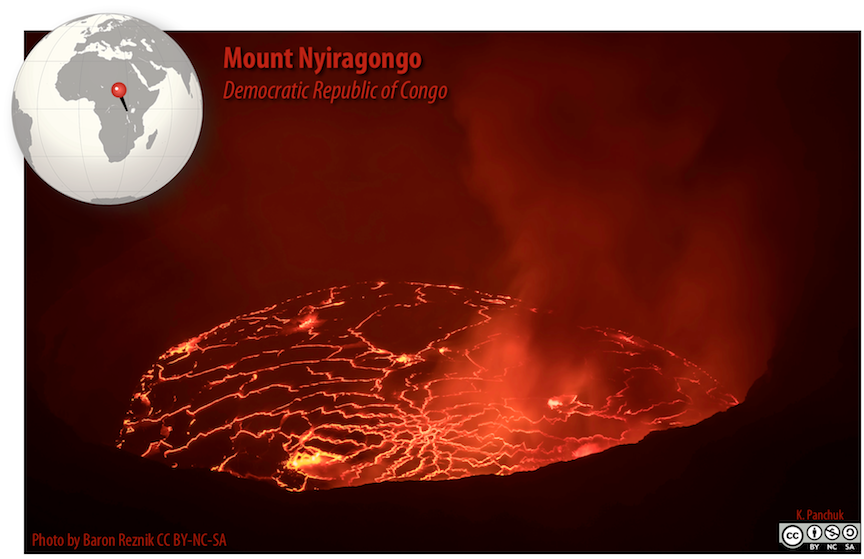4a. Introduction to Igneous Rocks
Karla Panchuk and Steven Earle

Learning Objectives
After reading this chapter and answering the review questions at the end, you should be able to:
- Explain partial melting and the geological processes that lead to melting.
- Describe the range of chemical compositions of magmas.
- Discuss the processes that take place during magma cooling, and the order of crystallization in Bowen’s reaction series.
- Explain how fractional crystallization and partial melting alter magma composition.
- Classify igneous rocks according to the proportions of minerals within them.
- Describe the origins of aphanitic, phaneritic, and porphyritic textures
- Classify plutons according to their shapes and relationships to surrounding rocks.
- Explain how chilled margins form.
Licenses and Attributions
“Physical Geology, First University of Saskatchewan Edition” by Karla Panchuk is licensed under CC BY-NC-SA 4.0 Adaptation: Renumbering, Remixing

